Home>Gardening & Outdoor>Landscaping Ideas>What Does Lime Do To The Grass
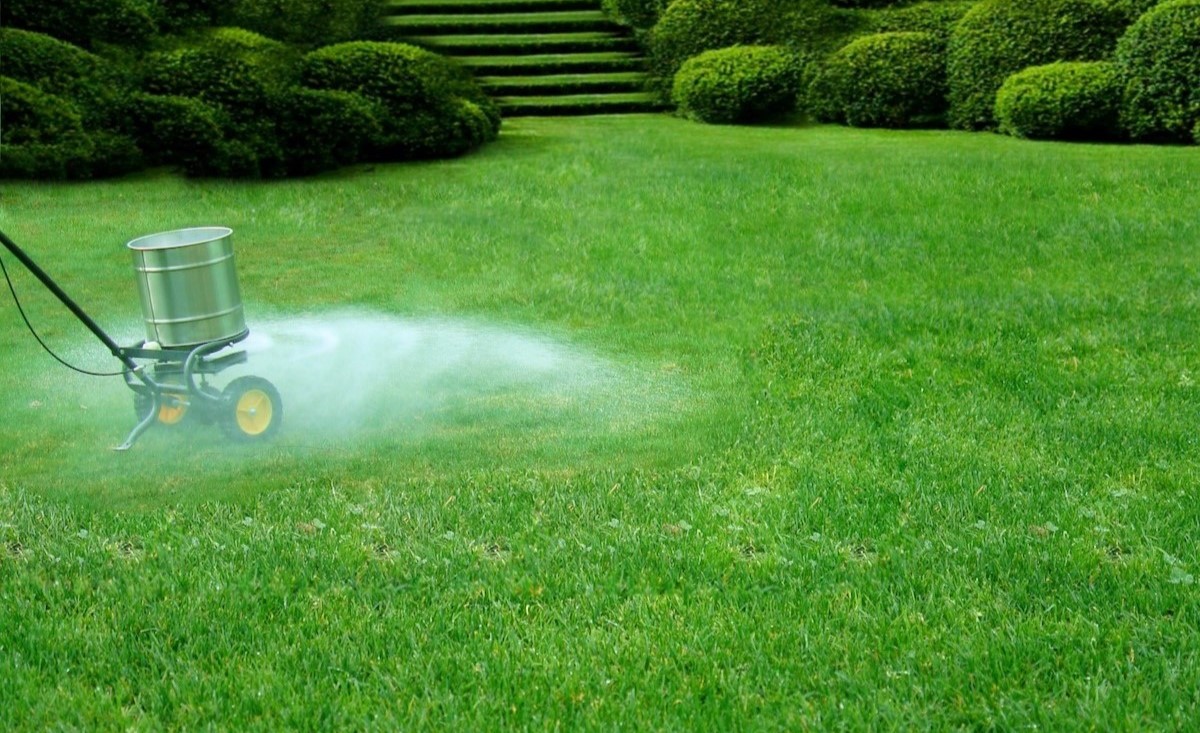

Landscaping Ideas
What Does Lime Do To The Grass
Published: January 26, 2024
Discover how lime affects your grass and get expert landscaping ideas to improve your lawn. Learn how to use lime for a healthier, greener lawn.
(Many of the links in this article redirect to a specific reviewed product. Your purchase of these products through affiliate links helps to generate commission for Storables.com, at no extra cost. Learn more)
Introduction
Welcome to the world of landscaping, where the lush green of a well-maintained lawn can be a source of pride and joy. As any seasoned gardener will tell you, achieving and maintaining a healthy, vibrant lawn requires more than just regular watering and mowing. It involves understanding the complex interplay of various factors, including soil composition, nutrient levels, and pH balance. In this article, we delve into the often-overlooked role of lime in promoting the health and vitality of grass.
While lime might not be the first thing that comes to mind when considering lawn care, its impact on the soil and, by extension, the grass itself, is profound. By exploring the effects of lime on soil composition and grass health, as well as the best practices for applying lime to your lawn, we aim to equip you with the knowledge and tools necessary to elevate your lawn care game to the next level.
So, what exactly does lime do to the grass? Let’s embark on a journey of discovery to unravel the mysteries and benefits of incorporating lime into your lawn care regimen.
Key Takeaways:
- Lime helps grass by balancing soil pH, making nutrients more accessible, and promoting strong root growth. It’s like giving the soil a healthy makeover to create the perfect environment for lush, resilient grass.
- Applying lime to grass requires precision and care. Conduct a soil test, choose the right type of lime, and follow recommended application rates to maximize the benefits while safeguarding the overall health of the lawn.
Read more: What Does Garden Lime Do
The Role of Lime in Soil
Lime, in the context of soil management, plays a crucial role in regulating the pH levels of the soil. Soil pH, which measures the acidity or alkalinity of the soil, directly impacts the availability of essential nutrients to plants. When the soil becomes too acidic, nutrients such as nitrogen, phosphorus, and potassium may become less accessible to the grass, hindering its growth and overall health.
By applying lime to the soil, gardeners can effectively raise the pH levels, thereby neutralizing excessive acidity and creating a more hospitable environment for grass to thrive. This process, known as liming, not only optimizes nutrient availability but also fosters the growth of beneficial microorganisms in the soil, further enhancing its fertility.
Moreover, lime helps to loosen heavy clay soils, improving their structure and drainage capabilities. This, in turn, facilitates better air and water penetration, allowing the grass roots to access essential oxygen and moisture more effectively. Additionally, the presence of lime in the soil can help to mitigate the toxic effects of certain elements, such as aluminum, which may be detrimental to the growth of grass and other plants.
It is important to note that different types of lime, such as dolomitic lime and calcitic lime, offer varying benefits and are suitable for different soil conditions. Understanding the specific needs of your soil and the grass you are cultivating is essential for determining the most appropriate type of lime to use and the optimal application rate.
With a deeper understanding of the role of lime in soil, we can now explore its direct effects on the health and vitality of grass, shedding light on the transformative impact it can have on your lawn.
Effects of Lime on Grass
When lime is applied to the soil, its positive impact extends to the grass that grows in that soil. One of the most significant effects of lime on grass is the improvement of nutrient availability. By raising the pH levels of acidic soil, lime enhances the accessibility of essential nutrients, such as nitrogen, phosphorus, and potassium, to the grass roots. This, in turn, promotes healthier and more vigorous growth, leading to a denser, lusher lawn.
Furthermore, the adjustment of soil pH through liming helps to create an environment that is less favorable to weeds and certain types of harmful fungi. By fostering optimal conditions for grass growth, lime contributes to the natural suppression of weed proliferation, reducing competition for nutrients and space and allowing the grass to flourish more freely.
In addition to nutrient availability, the presence of lime in the soil encourages the development of strong, resilient grass roots. This is particularly beneficial during periods of drought, as the deeper and more robust root system resulting from the application of lime enables the grass to withstand dry conditions more effectively. The enhanced root growth also contributes to improved tolerance to foot traffic and other forms of stress, making the grass more durable and resilient.
Moreover, lime aids in the maintenance of a balanced and healthy soil ecosystem, promoting the activity of beneficial soil organisms that contribute to the overall well-being of the grass. By creating a more favorable environment for earthworms, bacteria, and other microorganisms, lime supports natural processes that help to aerate the soil, break down organic matter, and release nutrients in forms that are readily available to the grass.
Understanding the effects of lime on grass underscores the pivotal role that this often underestimated soil amendment plays in nurturing a thriving and resilient lawn. With this knowledge in mind, the next step is to explore the best practices for applying lime to grass, ensuring that its benefits are maximized while minimizing the risk of potential drawbacks.
Applying lime to the grass can help to balance the pH levels in the soil, making it less acidic. This can improve the grass’s ability to absorb nutrients and promote healthy growth.
How to Apply Lime to Grass
Applying lime to grass involves a series of steps aimed at ensuring even distribution and effective integration of the lime into the soil. Before embarking on the application process, it is essential to conduct a soil test to determine the current pH levels and the specific lime requirement of the soil. This will guide the application rate and help avoid over-liming, which can have adverse effects on the grass and soil ecosystem.
Once the soil test results are obtained, the appropriate type of lime, whether dolomitic or calcitic, can be selected based on the specific needs identified. It is important to note that the application of lime is ideally carried out when the soil is not overly wet or dry, as this facilitates even distribution and incorporation into the soil.
The application process typically involves spreading the recommended amount of lime evenly over the lawn using a broadcast spreader. It is advisable to apply the lime in a crisscross pattern to ensure thorough coverage. Following the application, watering the lawn lightly can aid in the incorporation of the lime into the soil.
After the initial application, it is beneficial to monitor the pH levels of the soil periodically, as the effects of lime may gradually diminish over time. Subsequent applications can be made as needed based on soil test results, typically every few years, to maintain the optimal pH levels for grass growth.
It is important to exercise caution when applying lime, as excessive or improper application can lead to imbalanced pH levels and potential harm to the grass and soil ecosystem. Therefore, following the recommended application rates and guidelines based on soil test results is crucial for achieving the desired benefits while safeguarding the overall health of the lawn.
By following these best practices for applying lime to grass, you can harness the transformative potential of this soil amendment to nurture a resilient, vibrant lawn that thrives in a balanced and nutrient-rich environment.
Conclusion
In the realm of lawn care and landscaping, the often overlooked role of lime in promoting the health and vitality of grass is a game-changer. By regulating soil pH, enhancing nutrient availability, and fostering a more favorable environment for grass growth, lime emerges as a powerful ally in the quest for a lush, resilient lawn.
Understanding the multifaceted effects of lime on grass underscores the importance of incorporating this soil amendment into your lawn care regimen. From improving nutrient accessibility and suppressing weed proliferation to fostering strong, resilient root systems, the benefits of lime reverberate throughout the entire ecosystem of your lawn.
When it comes to applying lime to grass, precision and care are paramount. Conducting a soil test to determine the specific lime requirements, selecting the appropriate type of lime, and following recommended application rates are essential steps in ensuring that the benefits of lime are maximized while minimizing the risk of potential drawbacks.
As you embark on your journey to elevate your lawn care practices, consider the transformative potential of lime as a cornerstone of your strategy. By embracing the role of lime in soil management and the profound effects it has on grass health, you can cultivate a vibrant, resilient lawn that stands as a testament to the harmonious interplay between nature and nurturing care.
So, the next time you marvel at the verdant expanse of your lawn, remember the unsung hero beneath the surface – lime, quietly but profoundly contributing to the flourishing tapestry of grass that adorns your outdoor sanctuary.
Embrace the power of lime, and watch your lawn thrive like never before.
Frequently Asked Questions about What Does Lime Do To The Grass
Was this page helpful?
At Storables.com, we guarantee accurate and reliable information. Our content, validated by Expert Board Contributors, is crafted following stringent Editorial Policies. We're committed to providing you with well-researched, expert-backed insights for all your informational needs.

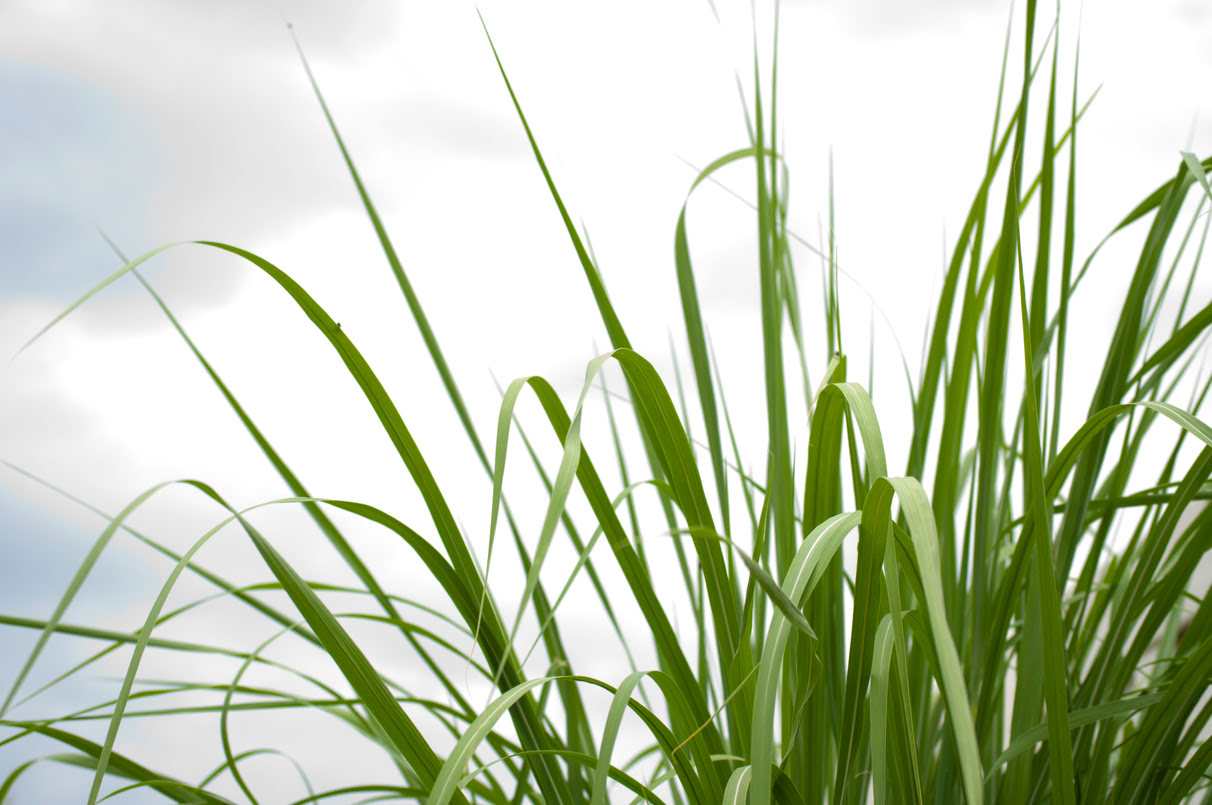

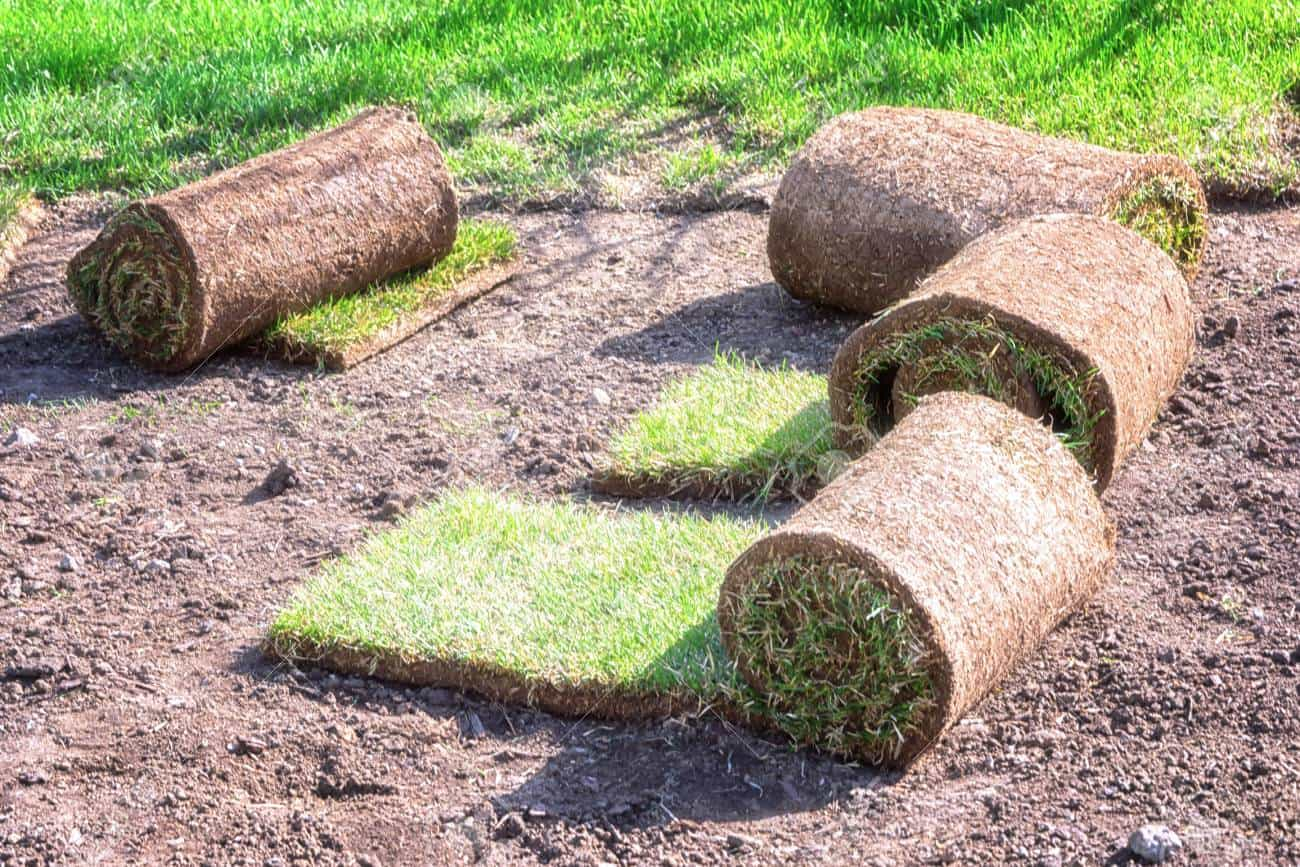
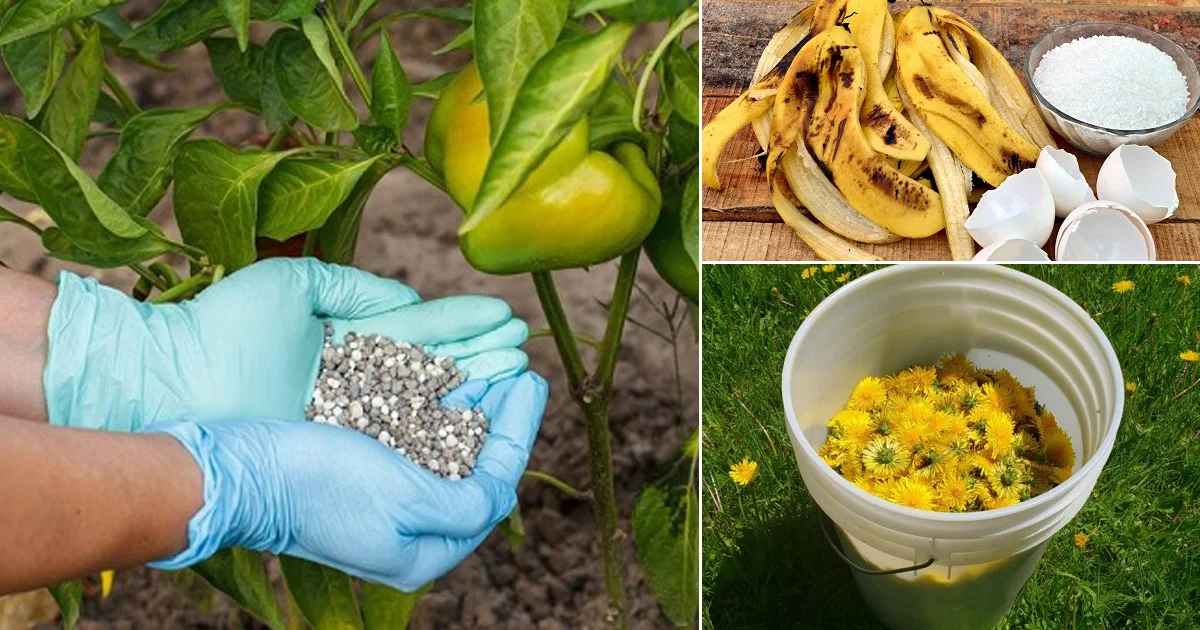
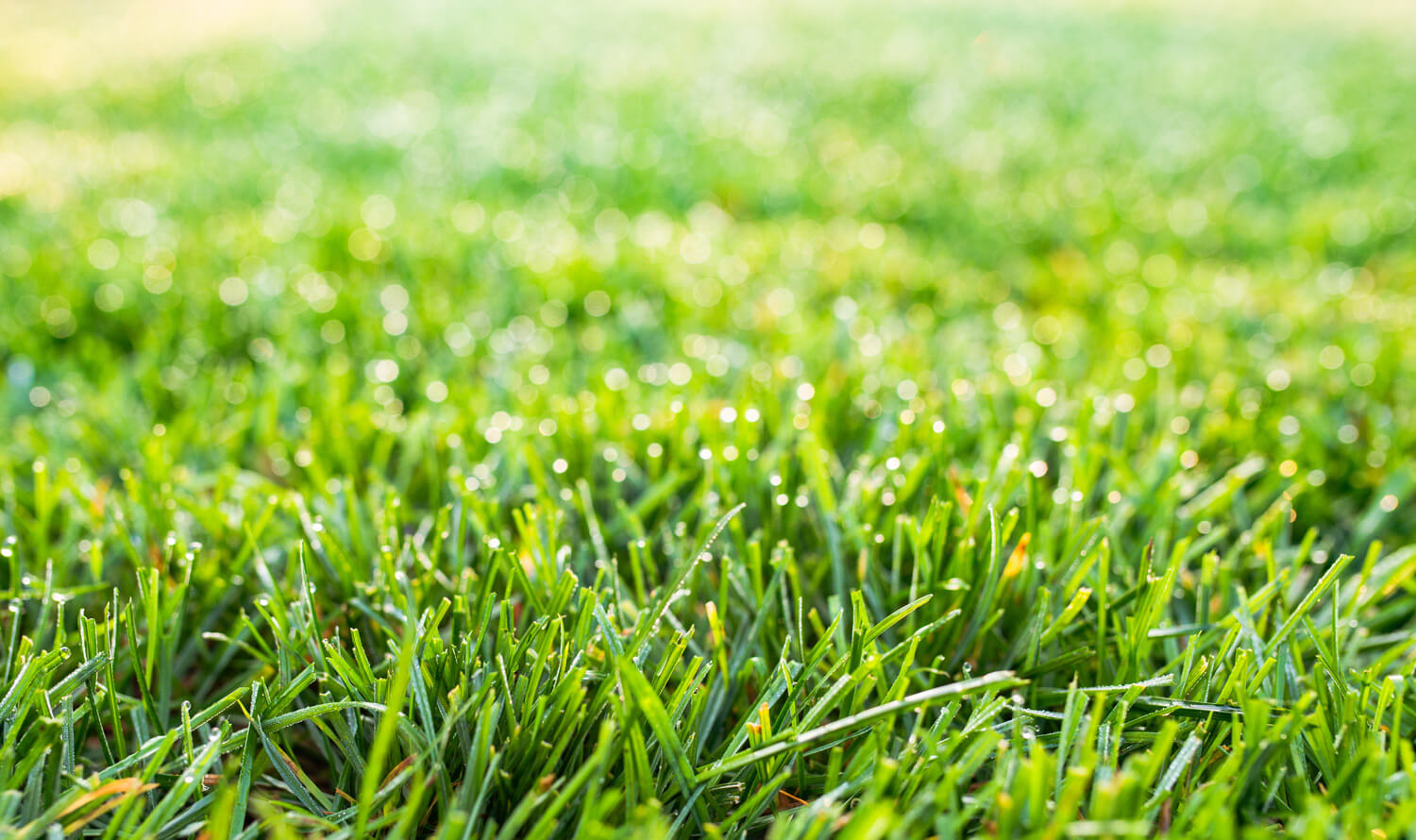

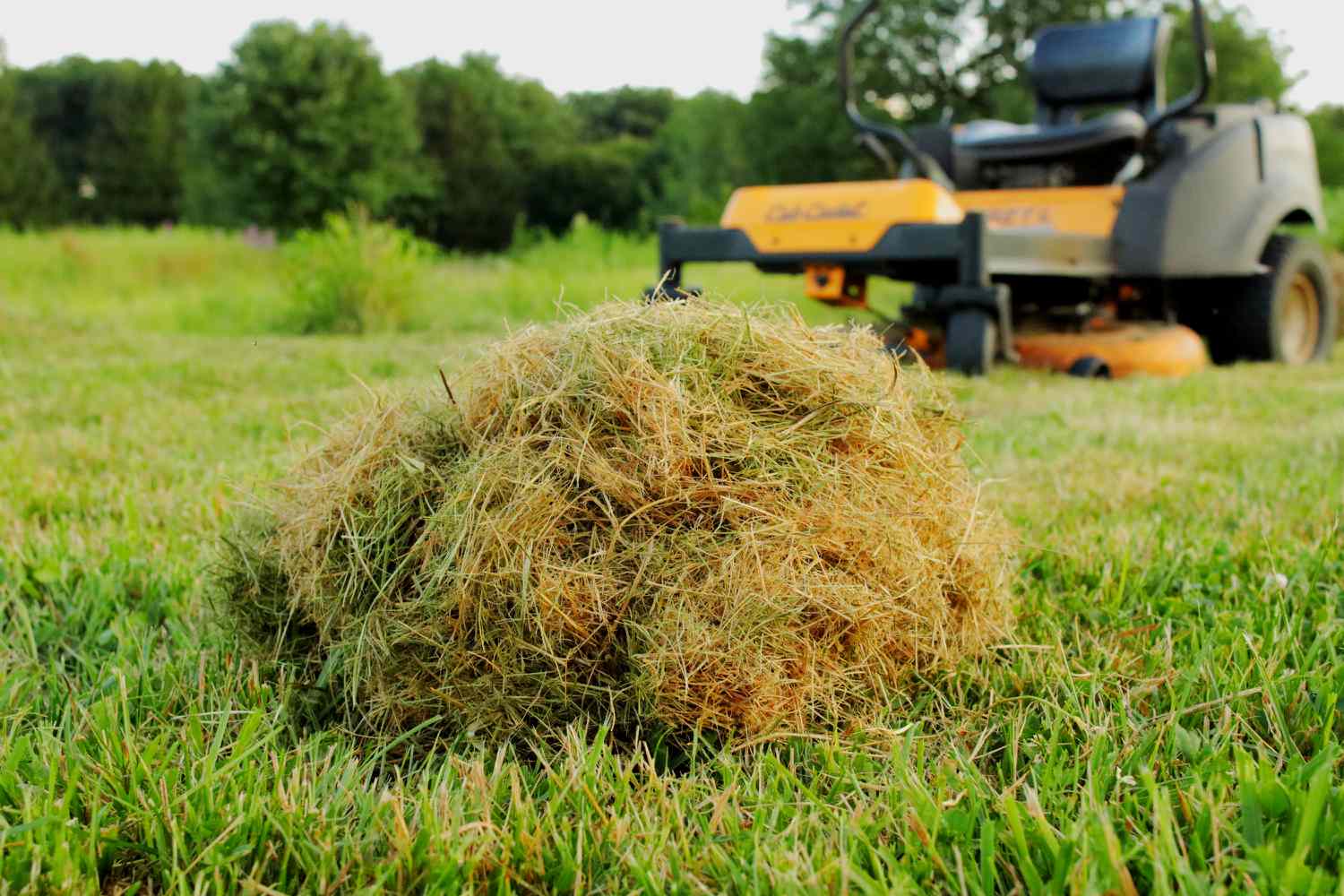

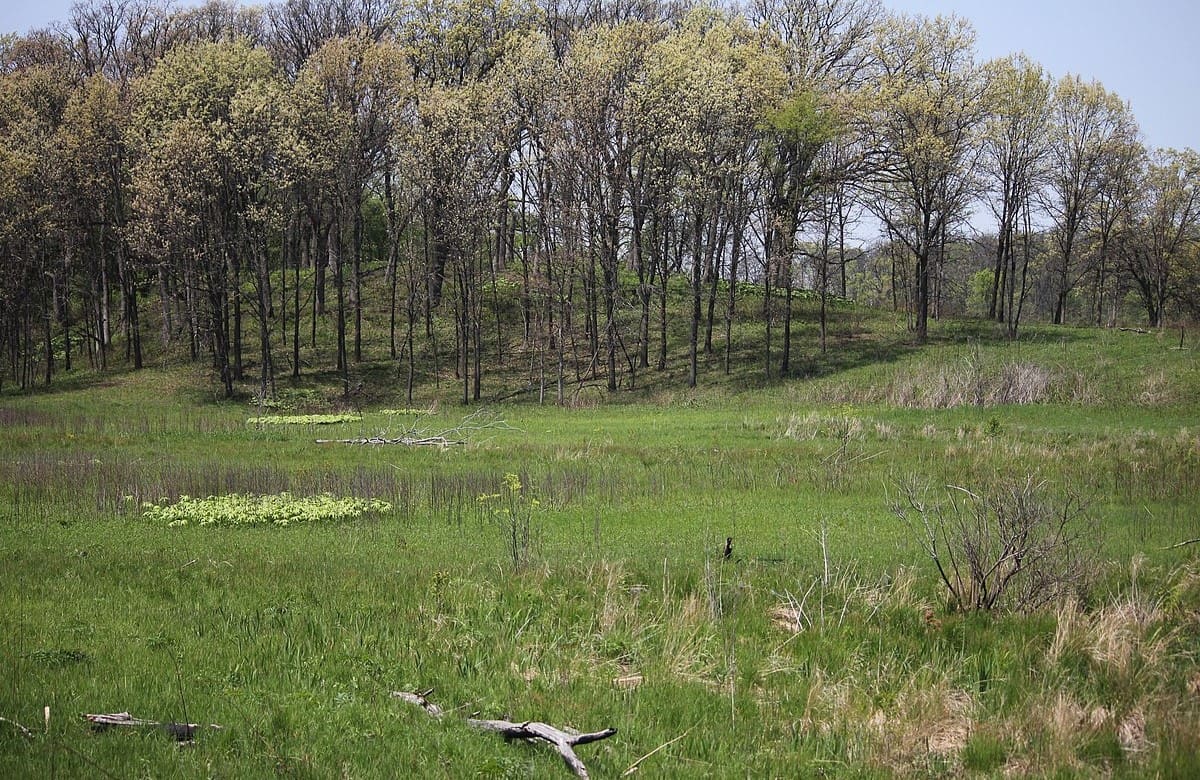
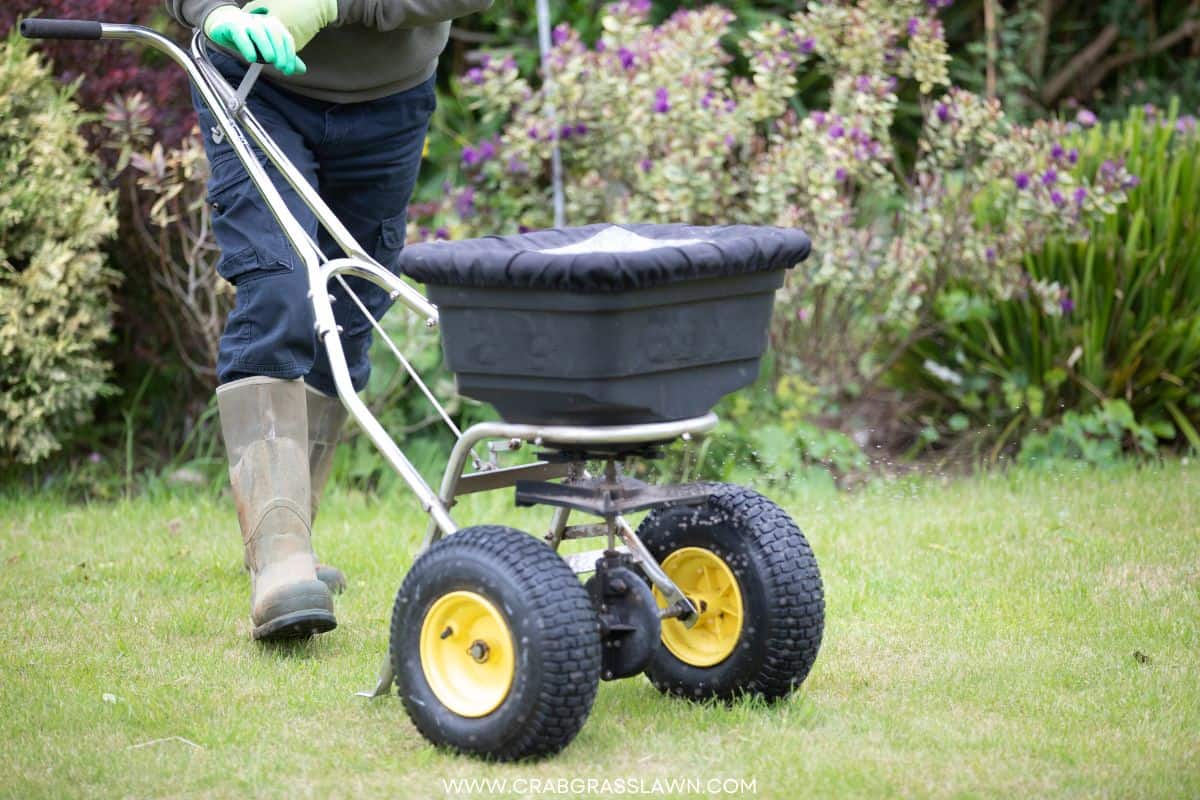

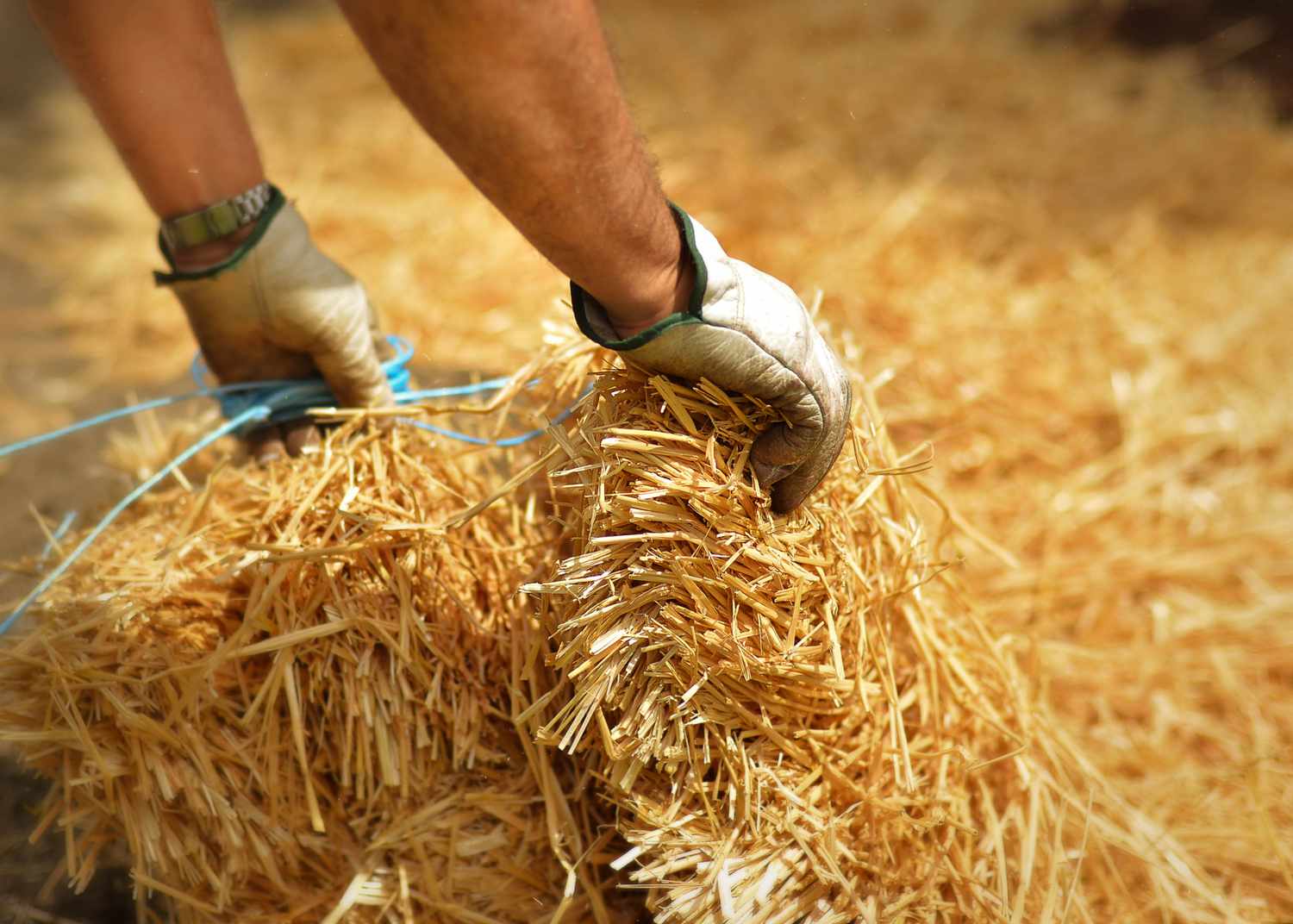

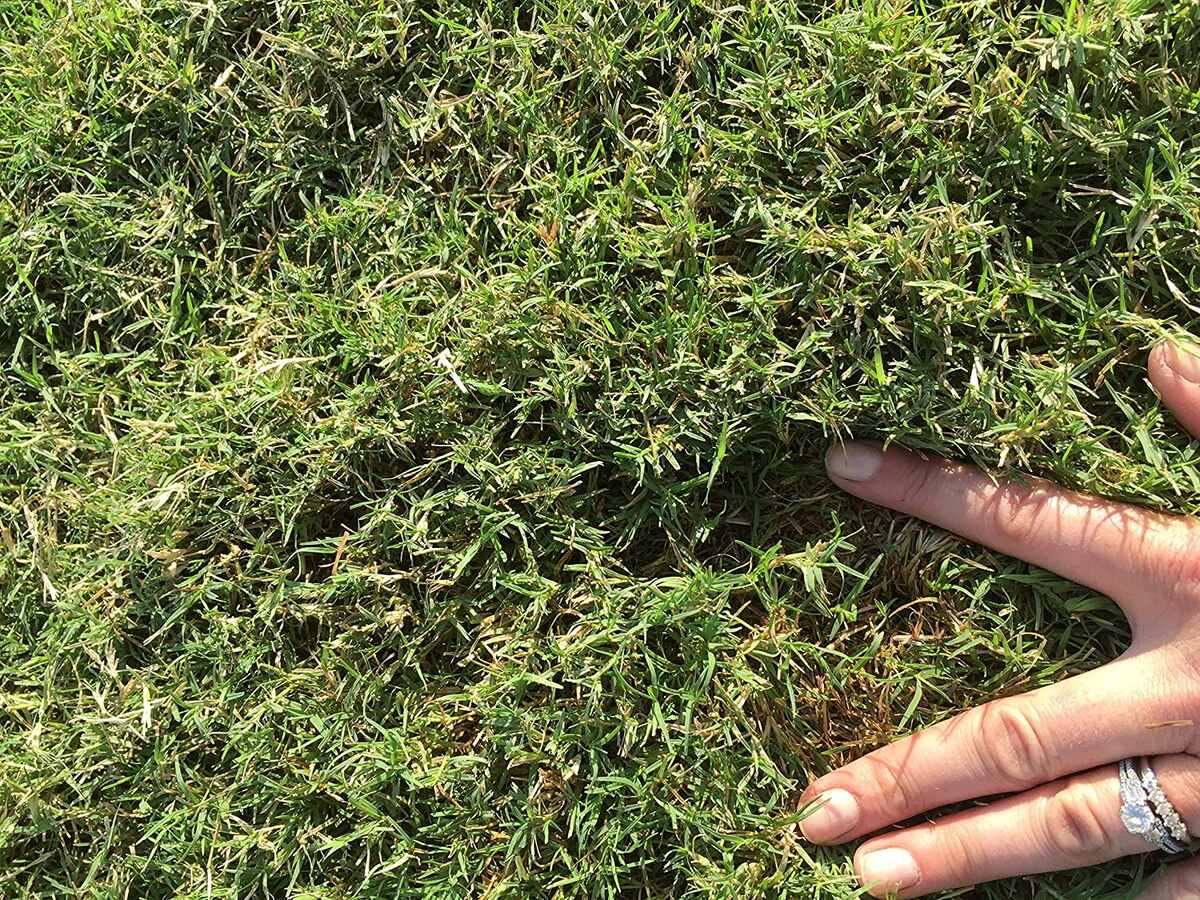

0 thoughts on “What Does Lime Do To The Grass”